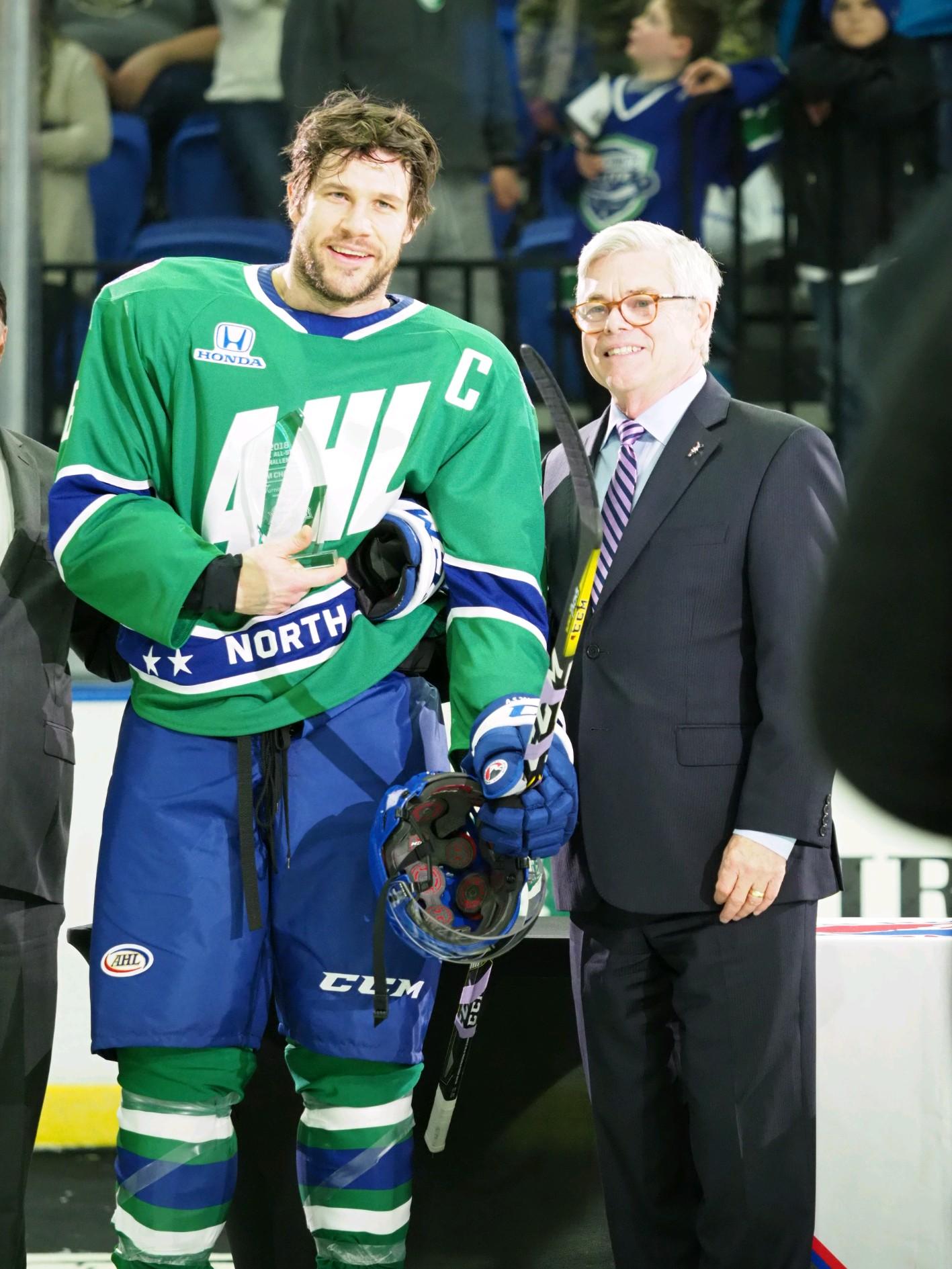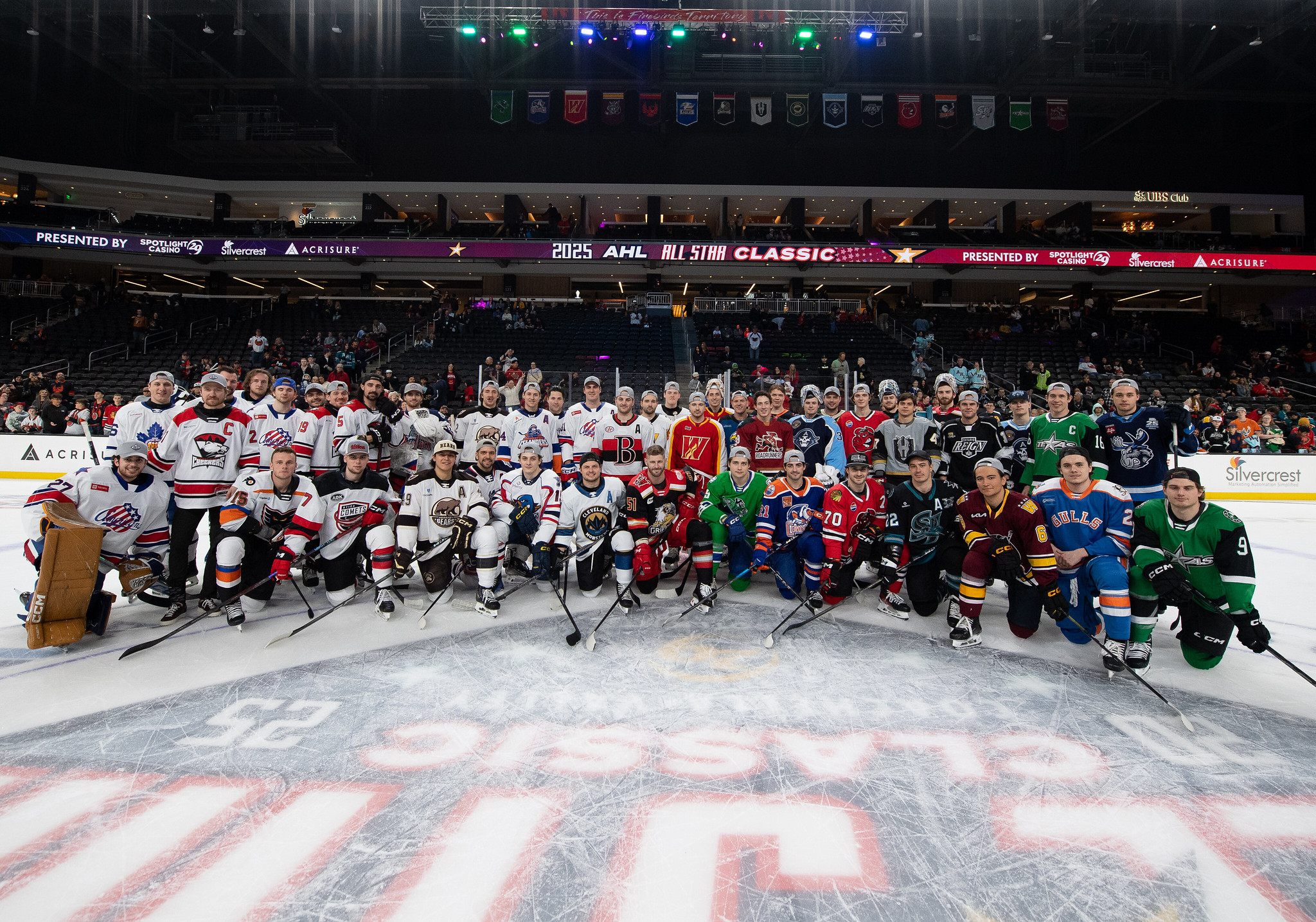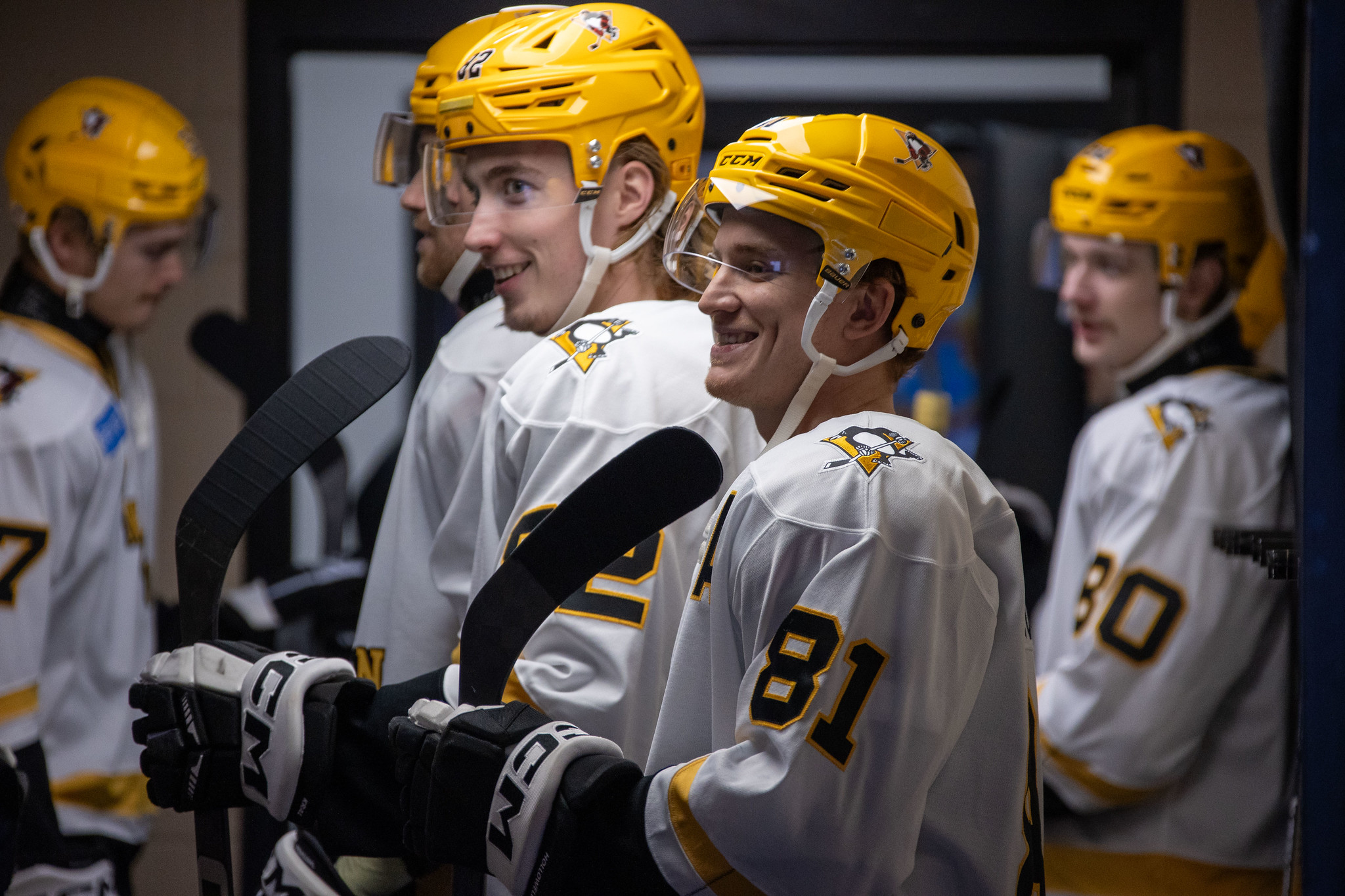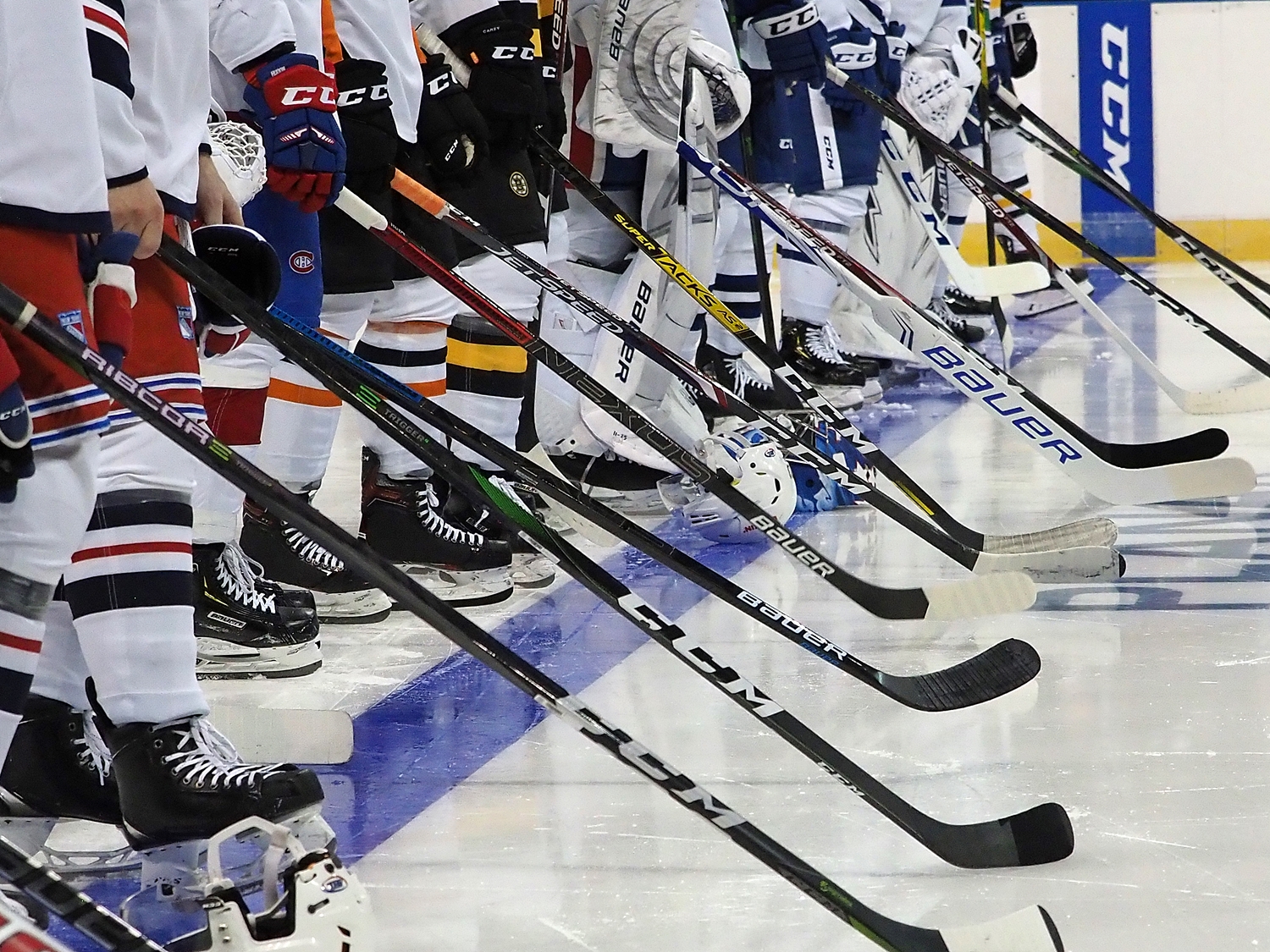
Dave Andrews' Legacy Will Live On Well Past His Final Season
Consider signing up for a subscription so we can continue to bring you exclusive first-reports, prospect features and stories from around the American Hockey League (AHL).
Quick. Easy. Support original journalism!
You could say that Dave Andrews is the single most important individual in the history of the American Hockey League, and I would have trouble arguing with you.
Throughout the long history of the AHL, nobody has had a more lasting impact than the league’s President and CEO, positions held by Andrews since 1994.
And after his 26th season at the helm, his historic run of leadership and prosperity will come to an end. Elliotte Friedman of Sportsnet reported on Monday afternoon that Andrews will step down as the AHL’s President and CEO on June 30, 2020, at the conclusion of the 2019-2020 season.
It’s a fitting end to an illustrious career for Andrews to leave on his own terms, but his career shows that he has a thing for making bold decisions. Without his leadership, it’s likely that many of us never see AHL hockey, be that live or with the modern technology of streaming services and television.
In the 1993-94 season, the last before Andrews took the reins, the league featured just 16 teams competing in three divisions. The entire league was situated within the American Northeast and Eastern Canada, with the team furthest south being in Hershey, Pennsylvania.
In addition to having a nearly inexistent geographic footprint, the league was competing with the rival International Hockey League, which at the time, held affiliations with the National Hockey League as well.
Total attendance was just 2.9 million for the season, a campaign that saw five teams relocate before the season begun, one cease operations after, and two more organizations move to new cities in the northeast.
When Andrews assumed the presidency from Jack Butterfield, a legend in his own right, there was a need for stability and ambition. The AHL could not have enlisted anyone better for that role.
Since Andrews took hold of the league, it has experienced substantial growth in terms of attendance, marketability, and geographic footprint. Attendance has grown dramatically in this span, reaching record summits of 7.1 million fans flocking to AHL arenas in the 2015-16 season.
The NHL has adopted several experimental rules first implemented in the AHL under Andrews’ rule. The exhilarating three-on-three overtime format was brought to the NHL in 2015-16, after loads of success in the AHL beforehand.
Hybrid icing — where opposing players skate to the face-off circles on potential icing plays, instead of dangerously going full force into the glass in attempt to retrieve the puck first — was another rule the NHL deemed solid enough to adopt after the AHL’s experiments.
The AHL was also the first North American league to mandate visors on all player helmets, now a fixture in the NHL. But isn’t just in experimental rules that the AHL became a proving ground for the NHL; under Andrews, the league became the sole primary development affiliate of the NHL.
Over 85 percent of active NHL players honed their skills in the AHL, which is a testament to the competition level of the minor league and the trust shown by NHL clubs in allowing their top prospects to develop in an otherwise flawed league. Every active NHL official came up through the AHL, as well.
Andrews also head-manned efforts for more wide-ranging viewing possibilities for fans. The 2010 Lester Patrick Trophy winner (for contributions to hockey in the United States) has showcased his game to fans all around the globe, with marquee events like the Calder Cup Finals, outdoor games, and the revamped All-Star Classic broadcasted on television and on the top-of-the-line AHL TV streaming service.
About those outdoor games, the AHL set an all-time single-game attendance record when the Adirondack Phantoms knocked off the Hershey Bears in overtime at Citizens Bank Park in Philadelphia, the home of the Phillies. 45,653 people sat and watched a minor-league hockey game that night. That’s incredible and a great service to the fans.
But most importantly, under Andrews’ direction, the AHL has expanded to 31 teams in 18 different U.S. states and Canadian provinces. In 2001, Andrews advised an unprecedented expansion effort during which AHL absorbed the defunct IHL — which had crumbled due to severed relationships with the NHL — and kept six of the seven teams, all of which are still in the AHL in some form.
He spearheaded the relocation of five East Coast teams to California (Bakersfield, Stockton, San Jose, San Diego, Ontario), as well as the support of clubs in other non-traditional markets like Austin and San Antonio, Texas, Tucson, Arizona, and Loveland, Colorado.
San Diego actually averaged the best attendance in the 2018-19 AHL regular season, with over 9,000 fans cheering for the Gulls on an average night in Southern California. Andrews’ biggest legacy might be the way he made hockey accessible to fans in non-hockey markets, and allowed those said fans to fall in love with the game and its players.
The Gulls might win the Calder Cup this summer, becoming the first team West of the Rocky Mountains to ever capture the AHL's equivalent of the Stanley Cup. Dave Andrews, in the most poetic of fashions, could perhaps hand the Cup off to a team that wouldn't exist without him.
On a personal note, it’s that commitment to expanding the game and growing it in places that are not conventional hockey towns that allows me to even write this article. I was merely a casual hockey fan before the Texas Stars came to the Austin market in 2009. After that, I was hooked, and always will be. Dave Andrews made that happen.
Not long from now, the 32nd club in the AHL will join to accommodate the eventual Seattle NHL franchise. Where that team will play its home games is not yet known, but what is? There will be little kids attending their inaugural home game knowing nothing more about hockey than ice and a rubber disk, and those kids will leave dying to come back, eternally affixed to a sport they would have never seen without Andrews.
His Hockey Hall of Fame-caliber legacy is that of being a perfect leader for a transitional league who needed a bold and ambitious president. And that presence will live on forever in the American Hockey League.



